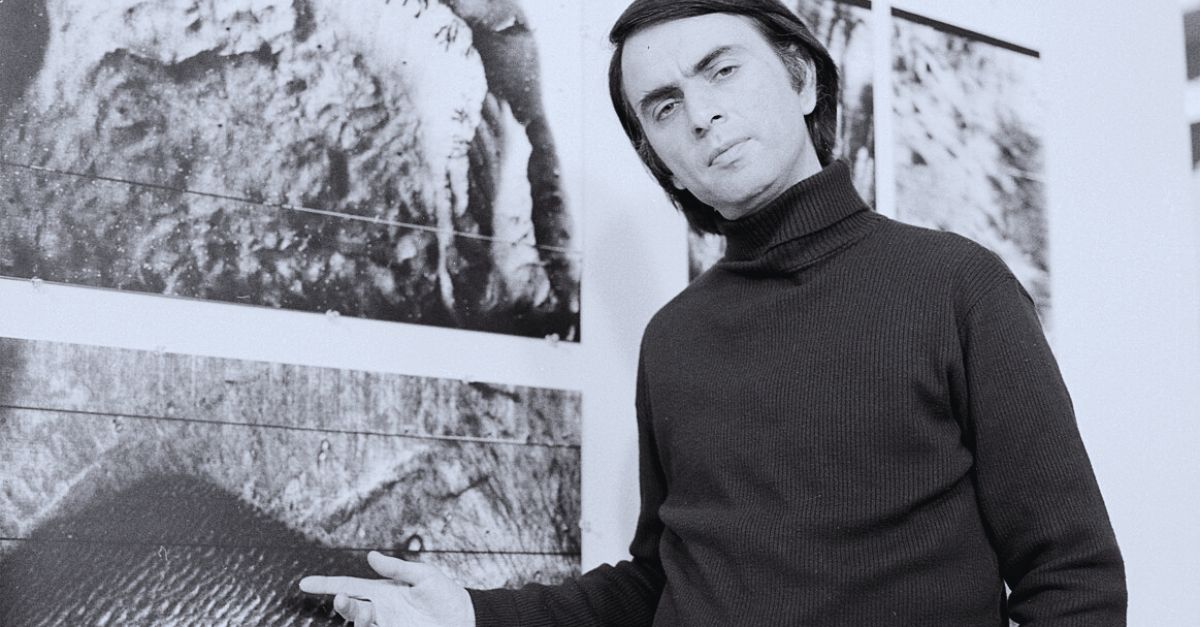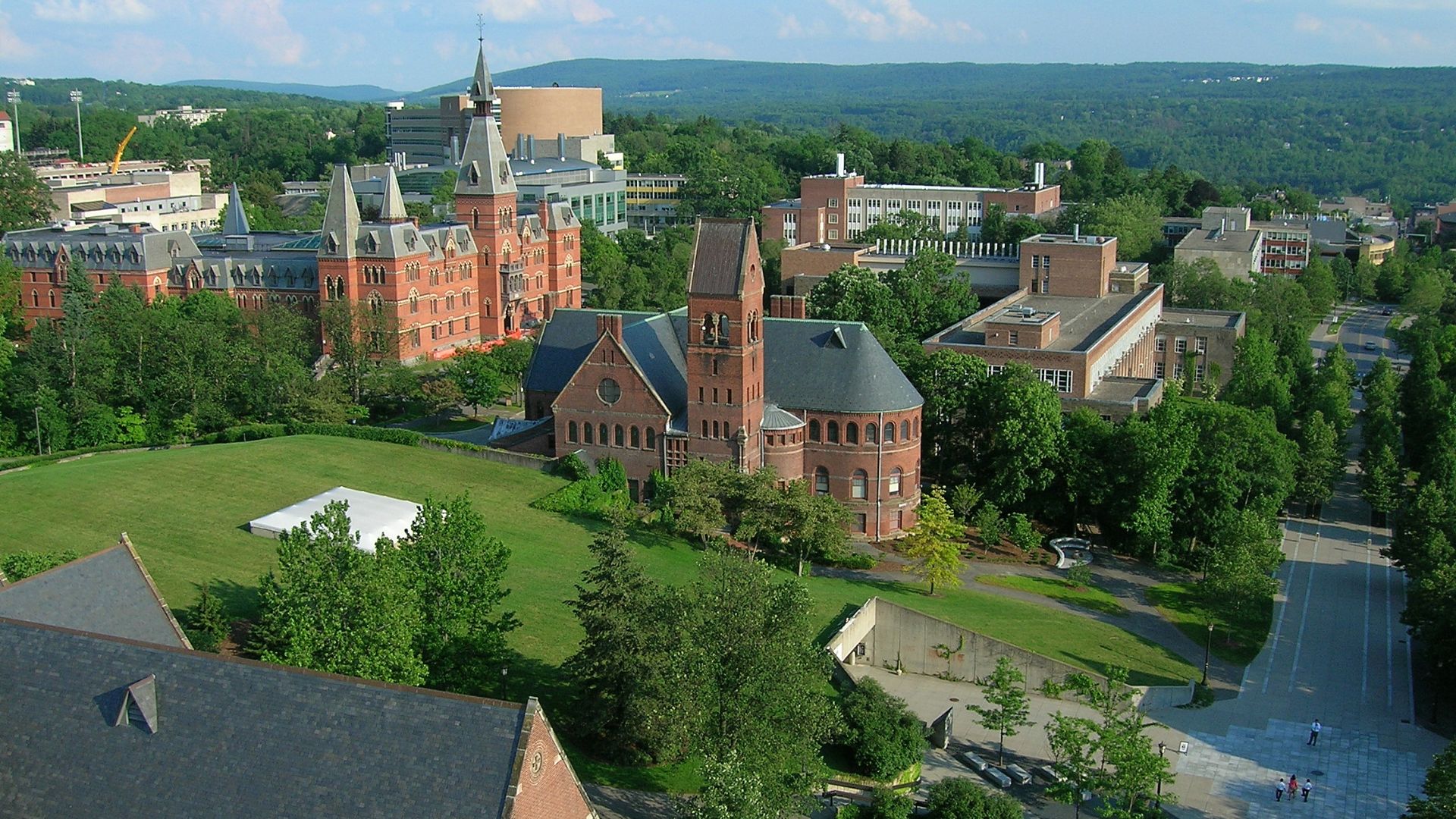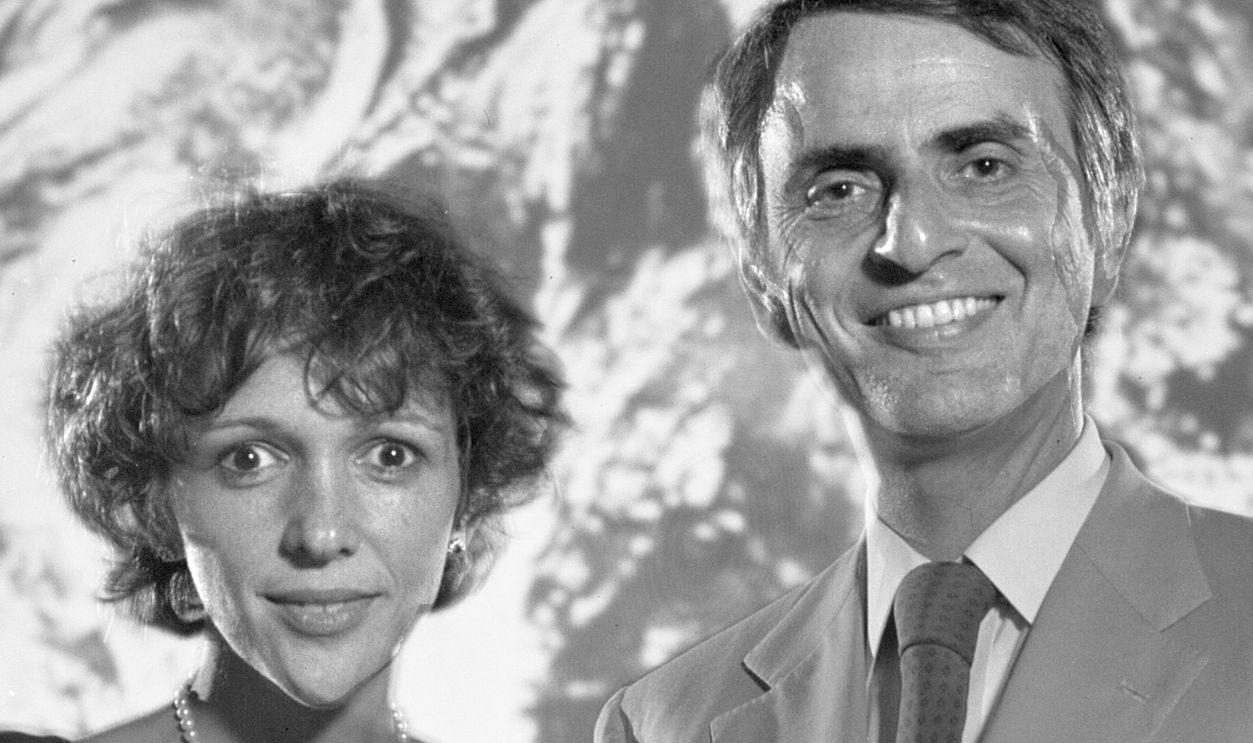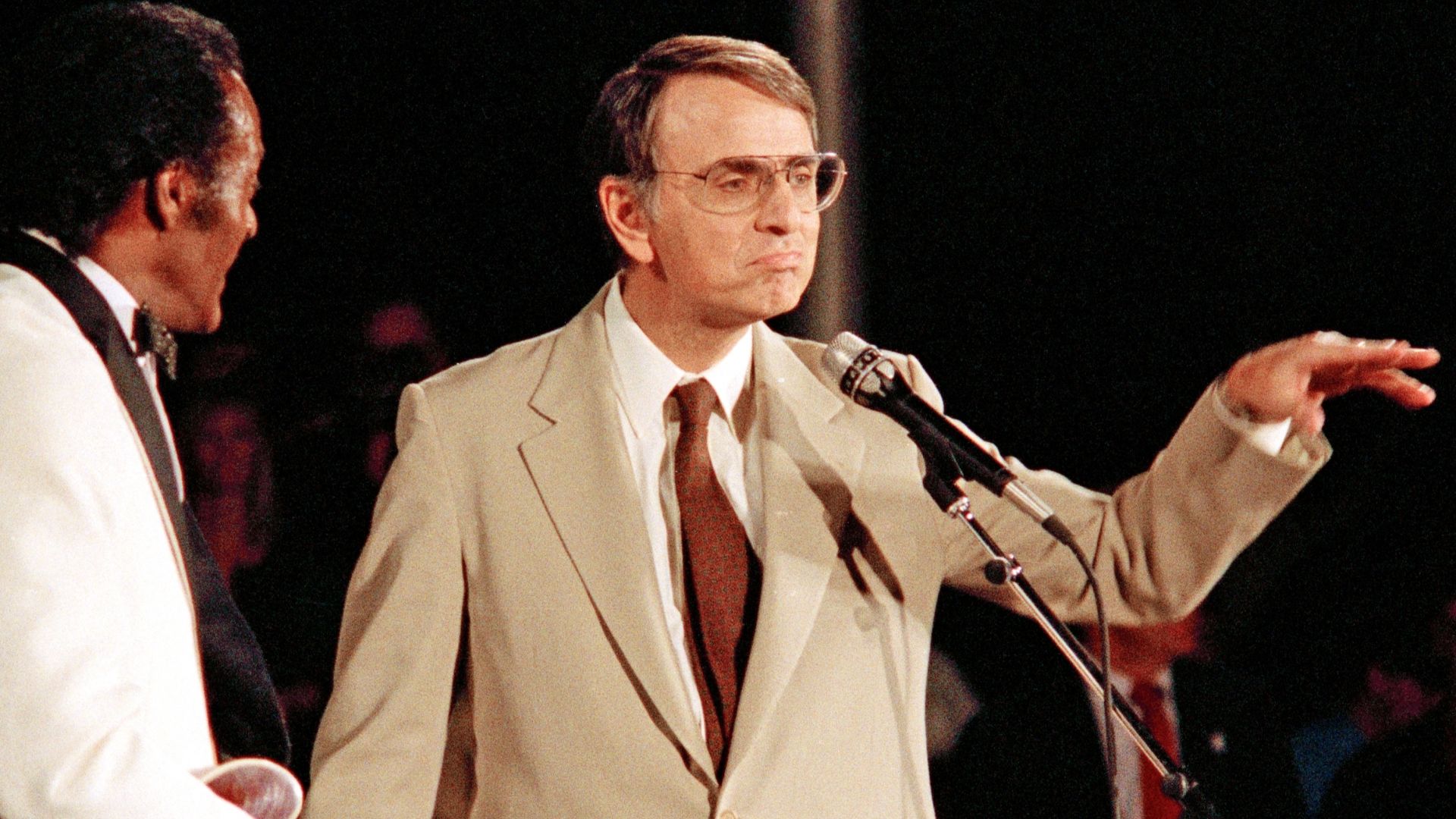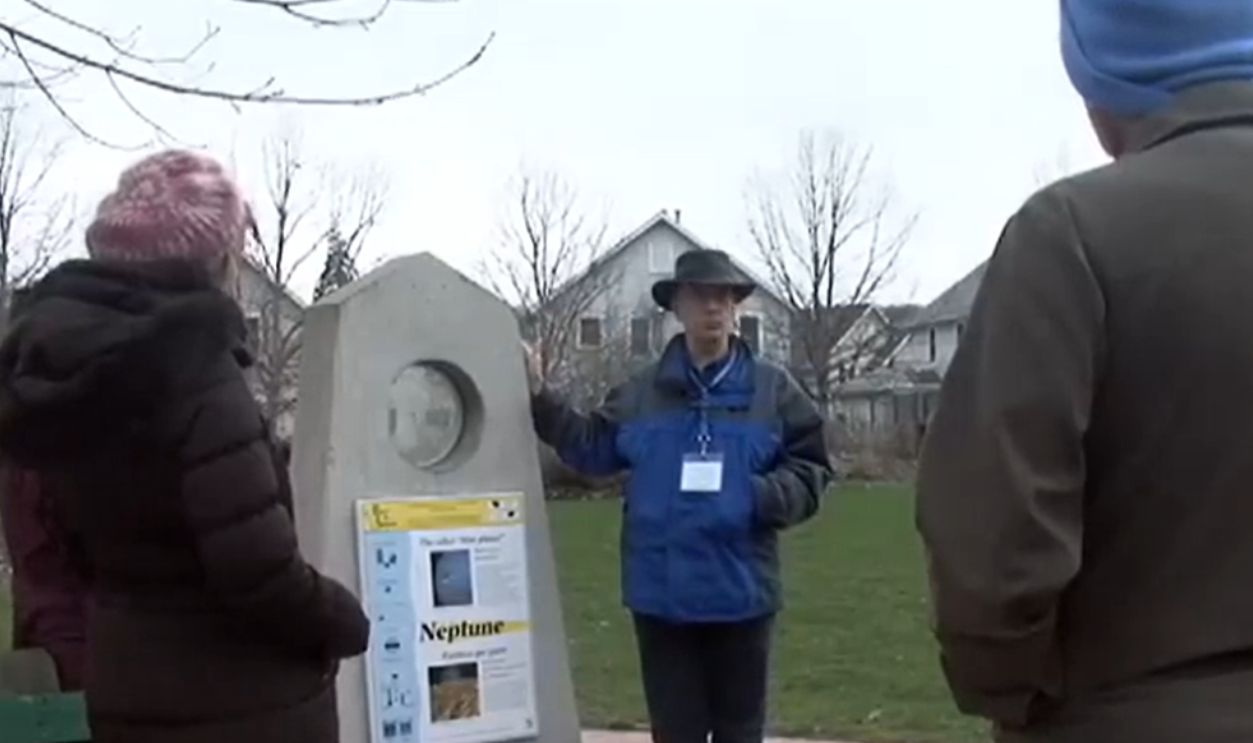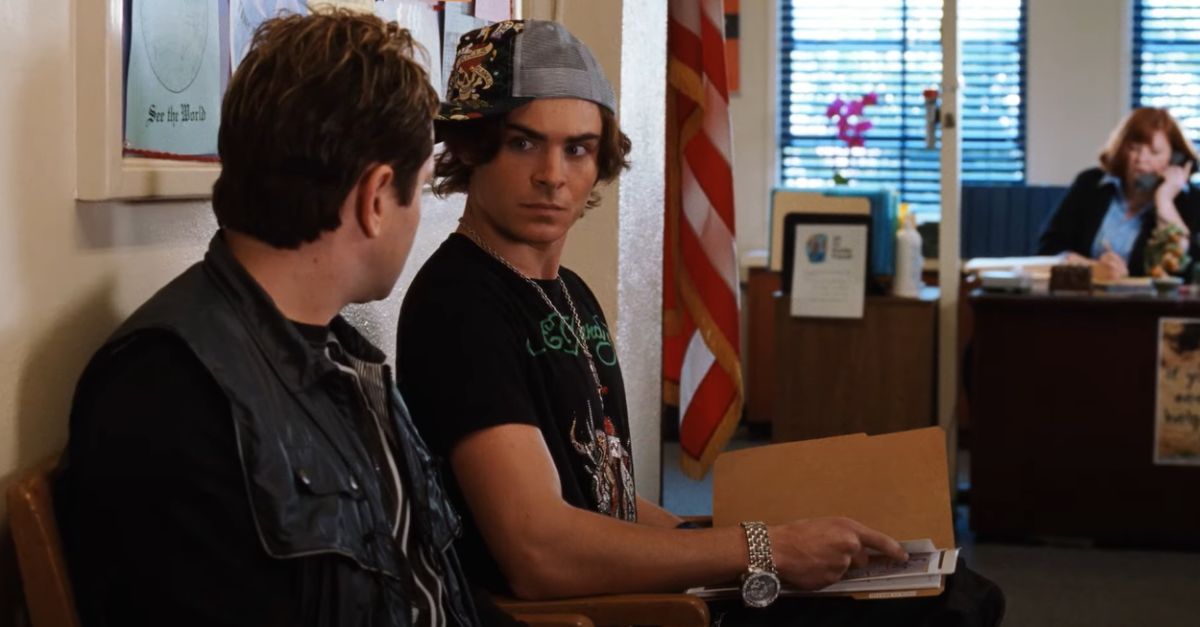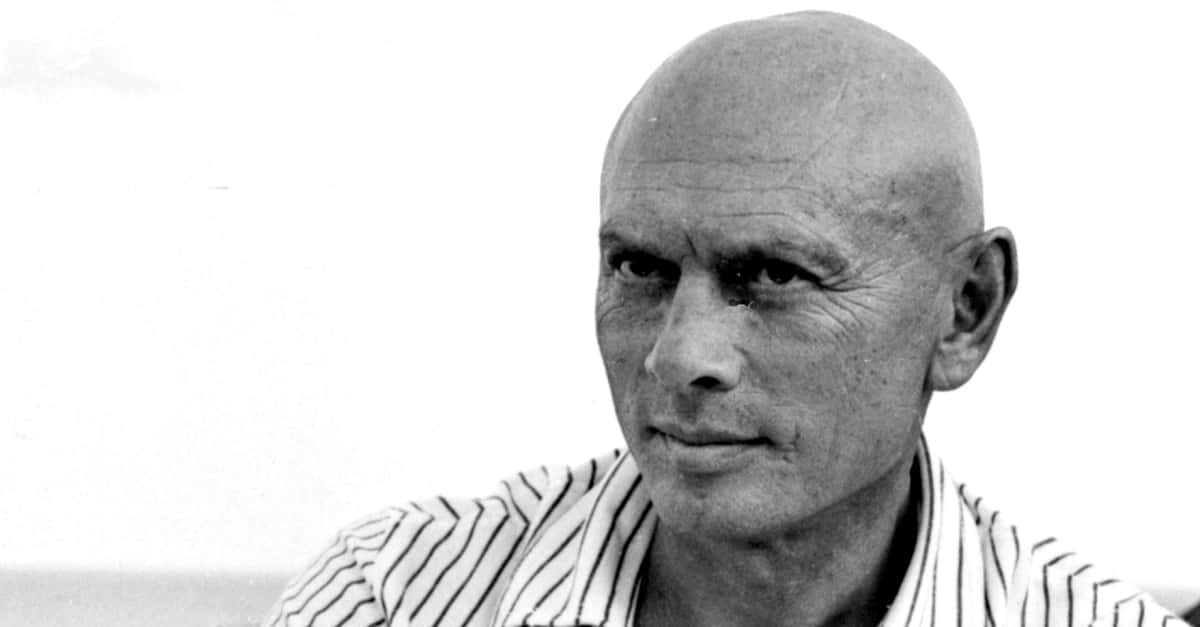The Storyteller Behind The Science
Before memes or viral clips, there was Carl Sagan—a man who taught the universe like it was a bedtime story that never quite left your mind. Because of him, many came to understand the complexity of space in the simplest terms.
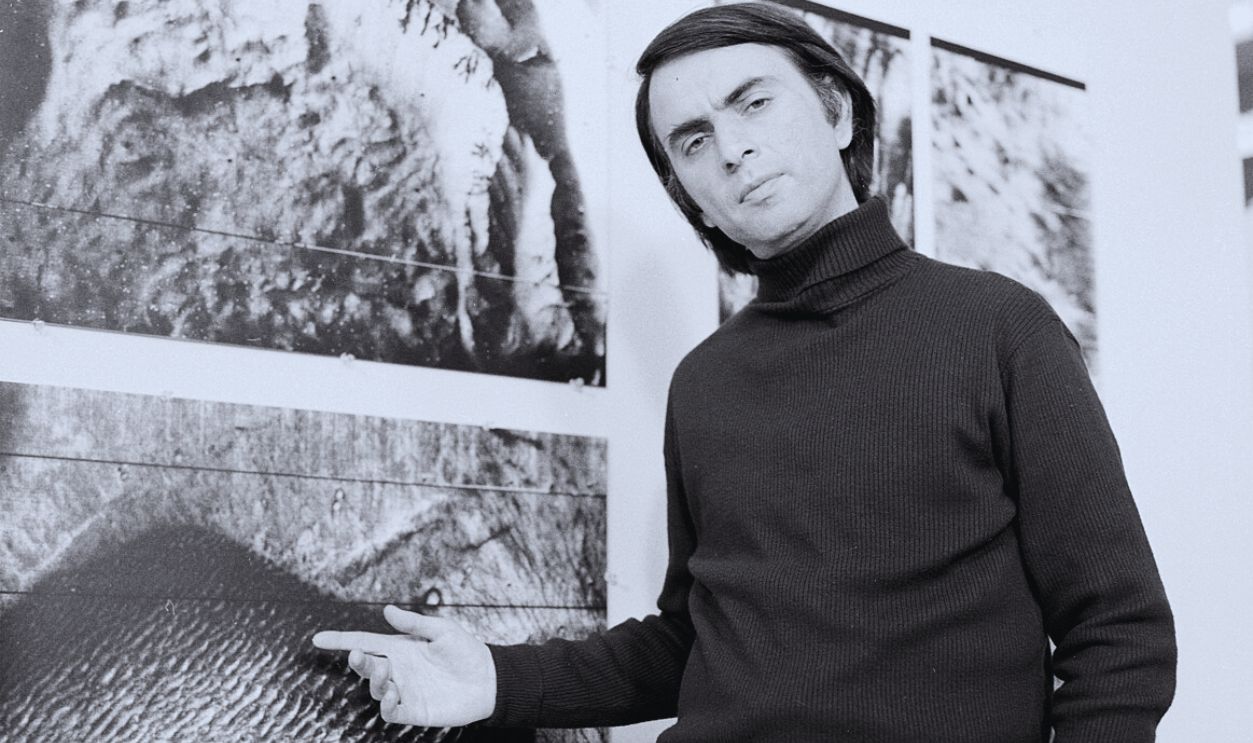
Childhood Curiosity About Stars In Brooklyn
Growing up in a modest Brooklyn neighborhood, young Carl Sagan often stared at the night sky from his apartment window. That simple habit sparked a lifetime of questions. He filled notebooks with sketches of planets, wondering what other worlds might look like beyond his own.
 Jakub Hałun, Wikimedia Commons
Jakub Hałun, Wikimedia Commons
Supportive Parents Encouraging Exploration
Sagan’s parents, Samuel and Rachel, weren’t scientists, yet they nurtured his curiosity. They bought him chemistry sets and astronomy books, which encouraged his young mind to conduct experiments at home. Their patience and enthusiasm made learning feel like play.
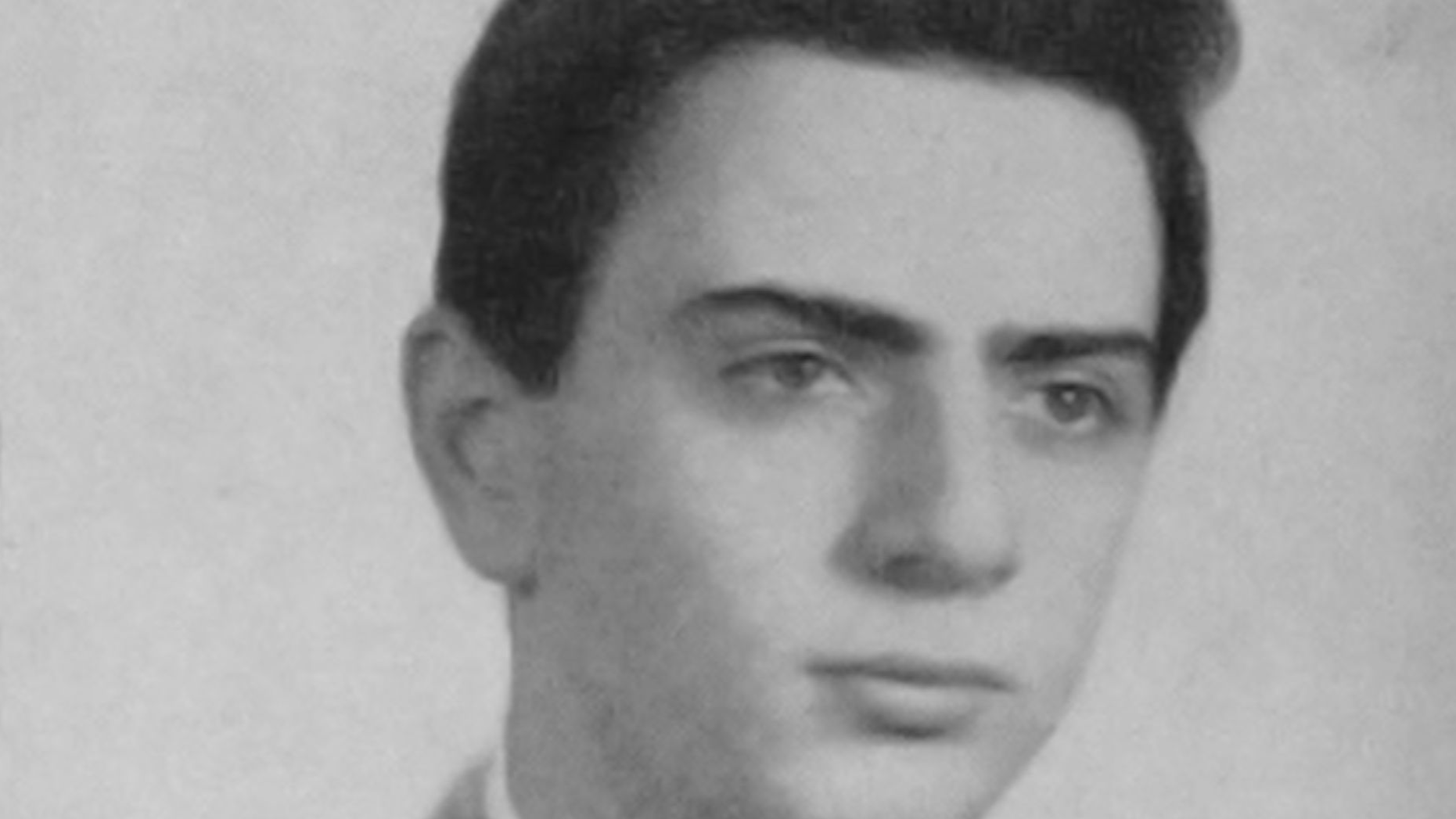 Rahway High School, Wikimedia Commons
Rahway High School, Wikimedia Commons
The 1939 World’s Fair Inspiring Cosmic Wonder
At age four, Sagan visited the 1939 New York World’s Fair. He was enthralled by futuristic exhibits showing rockets, technology, and visions of tomorrow. That early encounter with possibility turned curiosity into passion. It convinced him that science could rewrite humanity’s understanding of existence.
Studies At The University Of Chicago
Sagan’s academic journey unfolded at the University of Chicago, where he earned multiple degrees in physics and astronomy. The school’s culture of open inquiry fueled his broad thinking. Here, he pursued a combination of astrophysics and philosophy, exploring how the universe works and why exploration matters.
 Urban~commonswiki, Wikimedia Commons
Urban~commonswiki, Wikimedia Commons
Mentorship Under Gerard Kuiper
Under the guidance of renowned planetary scientist Gerard Kuiper, Sagan learned to link observation with imagination. Kuiper’s mentorship refined his methods, teaching him to analyze atmospheres and surfaces of distant worlds. Their collaboration helped define modern planetary science and inspired Sagan’s bold research direction.
 Gelderen, Hugo van / Anefo, Wikimedia Commons
Gelderen, Hugo van / Anefo, Wikimedia Commons
Groundbreaking Venus Atmosphere Research
While studying Venus, Sagan discovered that its surface burned hotter than expected—hot enough to melt lead. His calculations showed the cause: a runaway greenhouse effect trapping heat. That breakthrough reshaped planetary science and served as a warning about Earth’s future climate.
 Carl Sagan Gives His Opinion On The Venus Project by Anon15Allofus
Carl Sagan Gives His Opinion On The Venus Project by Anon15Allofus
Early Involvement With NASA’s Planetary Missions
Sagan joined NASA projects during the golden age of exploration. He contributed to the Mariner, Viking, and Voyager missions, helping design instruments that studied planets up close. His scientific insight and storytelling blended to make those discoveries accessible to the public in plain language.
Pioneer Plaque Message To Extraterrestrials
When NASA launched Pioneer 10 in 1972, Sagan helped design its message to potential alien civilizations—a golden plaque engraved with symbols of humanity’s origin and appearance. This was science communication on a cosmic scale, broadcasting curiosity beyond the solar system.
 NASA/Don Davis, Wikimedia Commons
NASA/Don Davis, Wikimedia Commons
Voyager Golden Record Project
Sagan led the creation of the Voyager Golden Record, a copper disc aboard Voyager 1 and 2 containing Earth’s sounds, images, and greetings in 55 languages. It was humanity’s time capsule for the stars, part science, part art, and entirely an act of optimism.
 NASA/JPL-Caltech, Wikimedia Commons
NASA/JPL-Caltech, Wikimedia Commons
Tenure And Teaching Career At Cornell University
Cornell University became Sagan’s lifelong base. Here, he taught astronomy and mentored students. Additionally, he built the Laboratory for Planetary Studies. His lectures mixed data with wonder, and the goal was to turn science into a story. Many who studied under him later said his classroom felt like a launchpad for discovery.
Founding The Planetary Society
In 1980, Sagan co-founded The Planetary Society with Bruce Murray and Louis Friedman. The group gave ordinary citizens a voice in space exploration. It championed research on Mars, planetary defense, and light sail missions, ensuring exploration remained driven by curiosity, not just competition or politics.
Hosting Cosmos: A Personal Voyage
When Cosmos: A Personal Voyage premiered in 1980, it changed how people saw science. Sagan’s calm narration and poetic visuals connected viewers to the universe. The series reached hundreds of millions worldwide, and it blended astronomy, philosophy, and storytelling in a way no science program had before.
 PBS, Cosmos: A Personal Voyage (1980)
PBS, Cosmos: A Personal Voyage (1980)
Writing The Dragons Of Eden
Sagan’s The Dragons of Eden explored the evolution of human intelligence through neuroscience and anthropology. It bagged him a Pulitzer Prize in 1978. The book showed his gift for uniting complex research with imagination, and it made the mysteries of the brain as gripping as outer space.
 Dragons of Eden Carl Sagan by Felix Flores
Dragons of Eden Carl Sagan by Felix Flores
Advocacy For Scientific Literacy
Sagan believed everyone deserved to understand the world they lived in. Through books, lectures, shows, and interviews, he argued that science was a tool for democracy. His work encouraged readers to ask questions and challenge misinformation. He also advocated for everyone to see knowledge as empowerment rather than elitism.
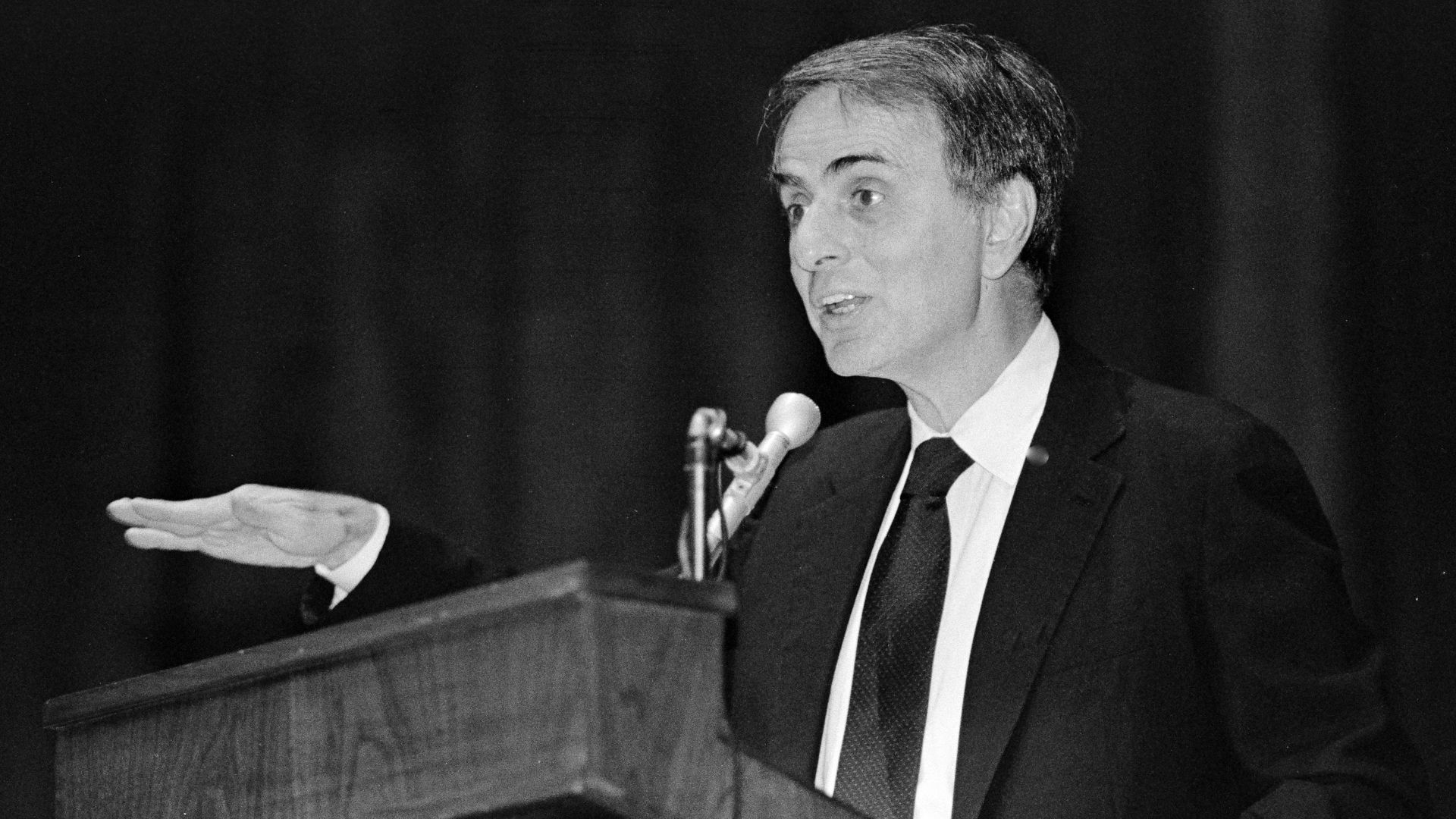 Kenneth C. Zirkel, Wikimedia Commons
Kenneth C. Zirkel, Wikimedia Commons
Promotion Of SETI And Search For Life
This scientist also became one of the loudest voices in support of the Search for Extraterrestrial Intelligence (SETI). He saw SETI as both a scientific mission and a philosophical one. His enthusiasm helped turn alien research into mainstream scientific discussion rather than fringe speculation.
 H. Schweiker/WIYN and NOAO/AURA/NSF, Wikimedia Commons
H. Schweiker/WIYN and NOAO/AURA/NSF, Wikimedia Commons
Raising Awareness About Nuclear Winter
During the Cold War, Sagan co-authored papers on nuclear winter—the catastrophic global cooling that could follow an atomic war. His warnings reached the public and policymakers alike. That research became a cornerstone of global disarmament discussions, shifting how nations viewed the planetary consequences of large-scale warfare.
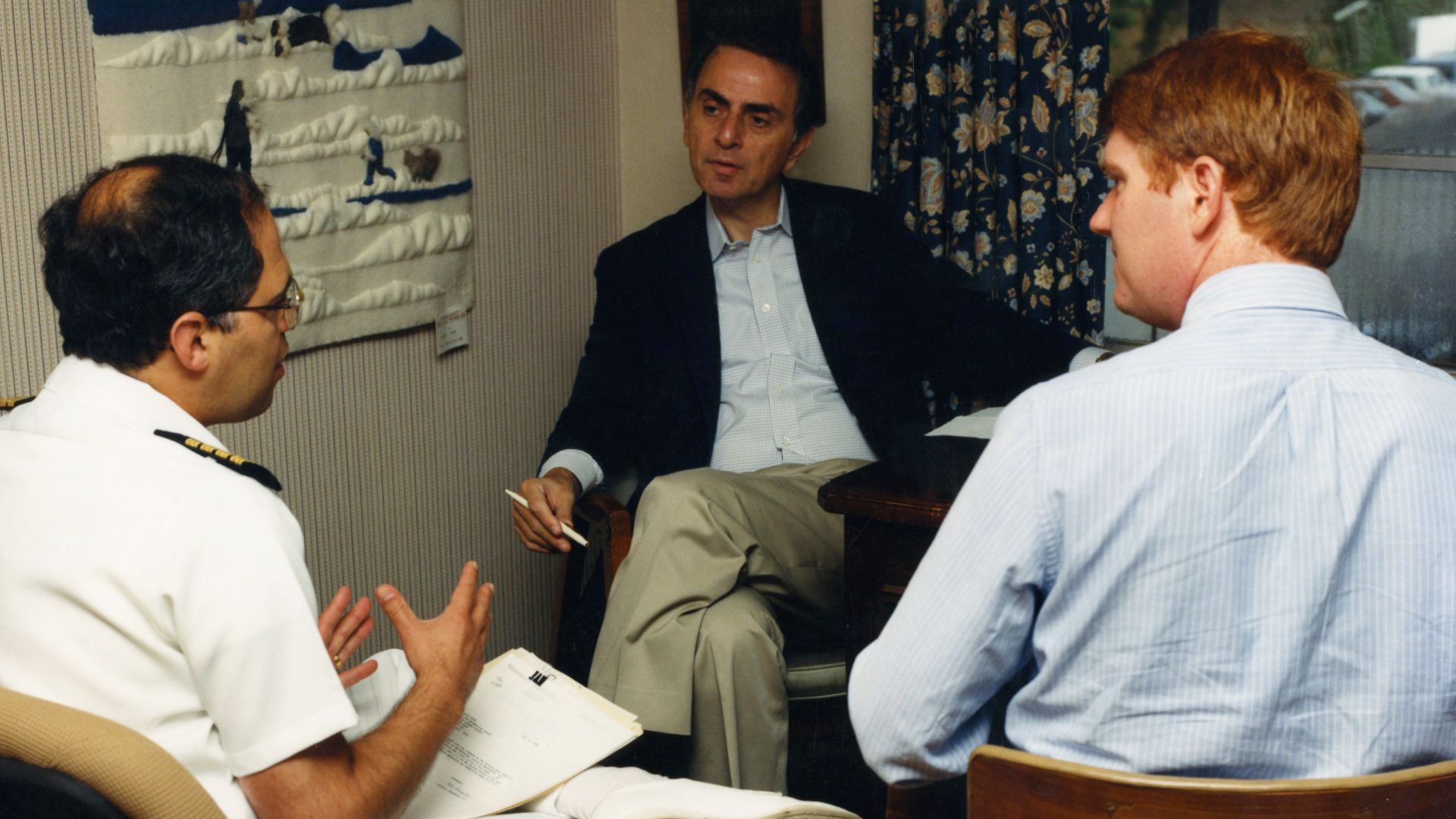 Unknown authorUnknown author, Wikimedia Commons
Unknown authorUnknown author, Wikimedia Commons
Advocacy On Climate Change And Environmental Care
Carl Sagan often compared Earth’s atmosphere to Venus’s runaway greenhouse effect, even warning that unchecked pollution could alter our planet’s balance. He used television and testimony before Congress to highlight the link between planetary science and climate responsibility. His work connects global warming to lessons learned from space exploration.
The Pale Blue Dot Image And Message
When Voyager 1 turned its camera back toward Earth, Sagan’s idea created one of history’s most powerful images. That faint blue pixel inspired his 1994 book, Pale Blue Dot, in which he reminded humanity that every life, joy, and sorrow exists on that fragile speck.
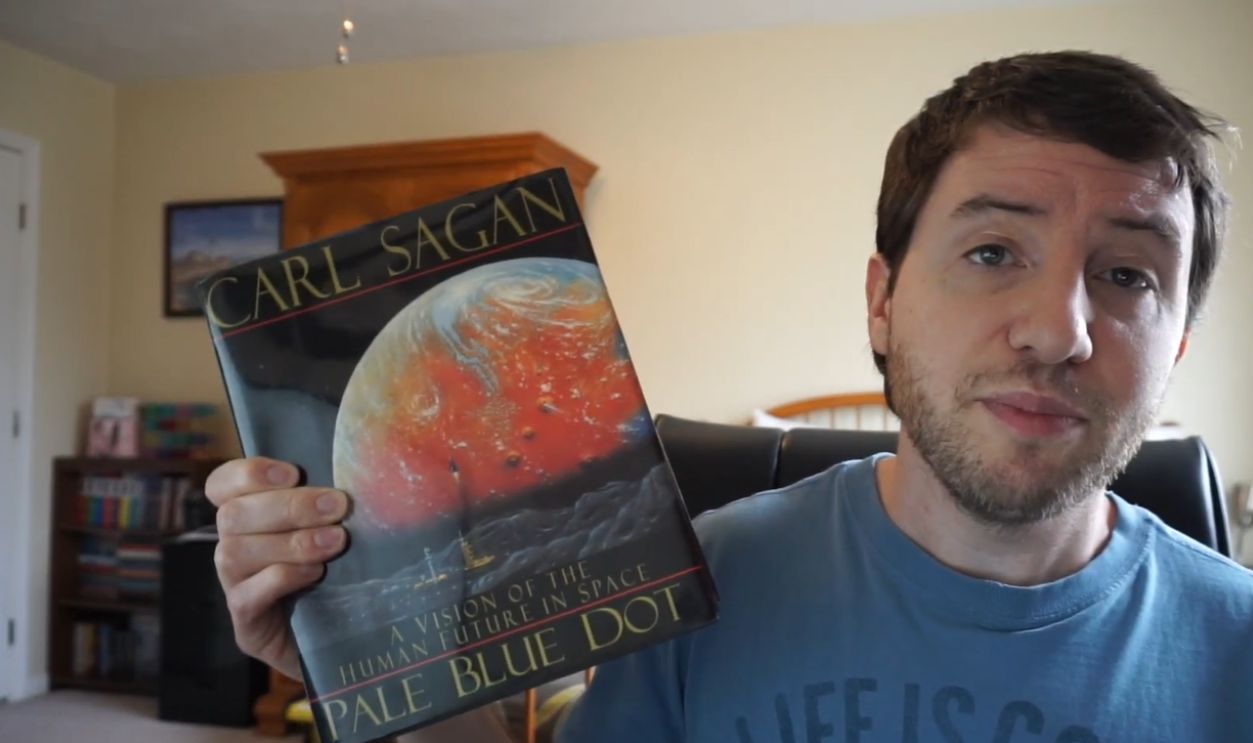 Carl Sagan Book Recommendations (Everyone Should Read These Books!) by Mike Travels Nowhere
Carl Sagan Book Recommendations (Everyone Should Read These Books!) by Mike Travels Nowhere
Fight Against Pseudoscience And Superstition
This scientist also challenged ideas that ignored evidence. His book The Demon-Haunted World urged readers to embrace skepticism as a survival skill. He warned that without critical thinking, people could mistake belief for truth—a message that became a timeless defense of rational thought and open inquiry.
Collaboration With Ann Druyan
Sagan’s partnership with writer and producer Ann Druyan shaped his later work. Together, they developed Cosmos and the Voyager Golden Record, combining science with emotion. Their shared vision carried his legacy forward to ensure his voice and message endured through new generations of storytellers.
Influence On The Next Generation Of Scientists
Future scientists often trace their first spark of curiosity to Sagan’s words. His mentorship and outreach inspired figures like Neil deGrasse Tyson, who met him as a teen. That small act of kindness proved that encouragement can launch lifetimes of discovery.
 Bill Ingalls, Wikimedia Commons
Bill Ingalls, Wikimedia Commons
Popularization Of The “Starstuff” Philosophy
When Sagan said, “We are made of starstuff,” he was precise. The elements in our bodies were forged in ancient stars. His phrase turned astrophysics into poetry, helping people see themselves as literal children of the cosmos.
 University of Mount Union, Wikimedia Commons
University of Mount Union, Wikimedia Commons
His Passing In 1996 And Tributes Worldwide
Sagan passed on in December 1996 after battling a rare blood disease. Tributes poured in from scientists, artists, and fans across continents. Obituaries celebrated him as more than an astronomer; he was the voice that made science feel both personal and universal.
Creation Of The Carl Sagan Center And Planet Walk
Institutions like the Carl Sagan Center at SETI and the Planet Walk in Ithaca, New York, preserve his vision. Each location connects visitors to the scale of the universe, letting them experience astronomy through learning and a tactile human perspective.
Revival Of Cosmos With Neil DeGrasse Tyson
In 2014, Cosmos returned with Neil deGrasse Tyson as host and Ann Druyan as executive producer. The revival honored Sagan’s mission—combining science and storytelling for modern audiences. Its success proved that curiosity, framed with empathy, still holds the power to unite people.
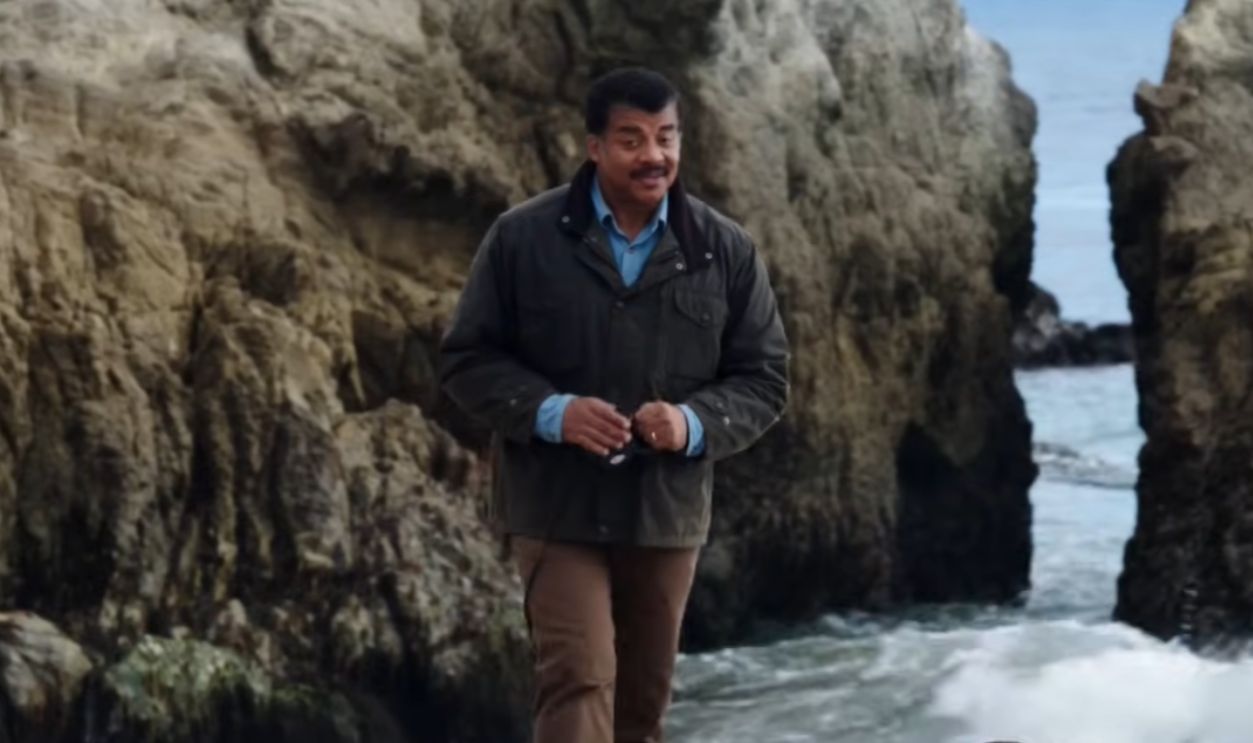 Fox, Cosmos: A Spacetime Odyssey (2014)
Fox, Cosmos: A Spacetime Odyssey (2014)

